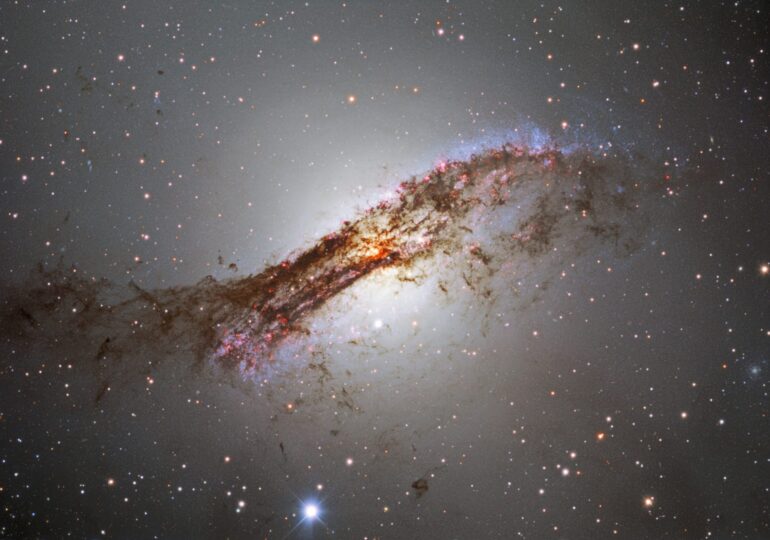Record-Breaking Prime Number Found by Former Nvidia Programmer

Luke Durant, a 36-year-old ex-Nvidia programmer, has achieved a remarkable feat in the realm of mathematics by discovering the largest known prime number, a massive 41,024,320 digits long, officially designated as M136279841. His relentless pursuit of prime numbers consumed nearly a year and involved significant personal investment.
Prime numbers, defined as whole numbers divisible only by 1 and themselves (e.g., 2, 3, 5, 7), have captivated mathematicians for centuries. Durant’s discovery marks the first major advancement in prime number exploration in nearly six years and is classified as a Mersenne prime. This specific category of primes, which can be expressed in the form 2^p – 1, is named after the French monk Marin Mersenne, who studied these intriguing numbers over 350 years ago.
Significance of Mersenne Primes
Mersenne primes hold a special place in the mathematical community, not only for their rarity but also for what their discoveries reveal about the capabilities of computational technology over time. “The historical record of the world’s largest prime tells us something about the historical capability of computers, and in particular it tells us something about the progress of humanity in this area,” explained Dr. Kevin Buzzard, a professor of pure mathematics at Imperial College London.
Durant’s groundbreaking finding was announced by the Great Internet Mersenne Prime Search (GIMPS) community on October 21. This project exemplifies citizen science, enabling nonspecialists to contribute to significant mathematical discoveries. Durant was inspired by the GIMPS community’s robust infrastructure and advanced technology, which motivated him to delve into prime number research.
The Journey to Discovery
Familiarizing himself with GIMPS software and leveraging cloud computing, Durant effectively created a supercomputer by coordinating multiple systems worldwide. GIMPS consists of volunteers from across the globe who run the project’s software on their personal computers to hunt for new primes, supported by mathematicians analyzing the results for future research.
For Durant, the motivation to pursue such massive prime numbers stems from a desire to explore the limits of computing and the physical universe. “I wanted to push the boundaries of the known universe in whatever small way I was able,” he stated, noting that these prime numbers represent some of the largest unique pieces of information in existence.
While extremely large prime numbers have little practical application today, they carry immense significance for those involved in the project. George Woltman, the founder of GIMPS, described the recent discovery as a “rare and beautiful gem” that may inspire future generations of mathematicians.
The Discovery Process
Durant received an initial alert about his prime discovery on October 12 while preparing for a trip. He quickly decided to confirm the new number’s primality, realizing its importance. GIMPS employs a probable prime test for initial verification, followed by several definitive tests on different hardware to confirm the primality of a new Mersenne prime.
The discovery was exhilarating for Durant, who felt privileged to be the one to uncover the latest Mersenne prime. “These numbers are so exceptionally large and rare now that I was fully prepared to fail after maybe still another year or two of effort,” he reflected.
Notably, Durant’s achievement marks the first Mersenne prime found using graphics processing units (GPUs). Known for their speed and efficiency in mathematical computations, GPUs are commonly found in everyday devices. Durant’s discovery used advanced GPUs, which excel in performing repetitive mathematical calculations quickly, significantly enhancing the search for new prime numbers.
Future Implications
Woltman anticipates that GPUs will play an increasingly vital role in discovering more primes in the future. He noted that while CPUs remain essential, GPUs are particularly adept at tackling complex number-crunching tasks, potentially leading to more significant discoveries.
Durant attributes much of his success to his education at the Alabama School of Mathematics and Science, which fostered his interests and technical skills. As a reward for his significant contribution, he is eligible for the $3,000 GIMPS research discovery award, which he plans to donate to a public high school to highlight the importance of education and support.
















